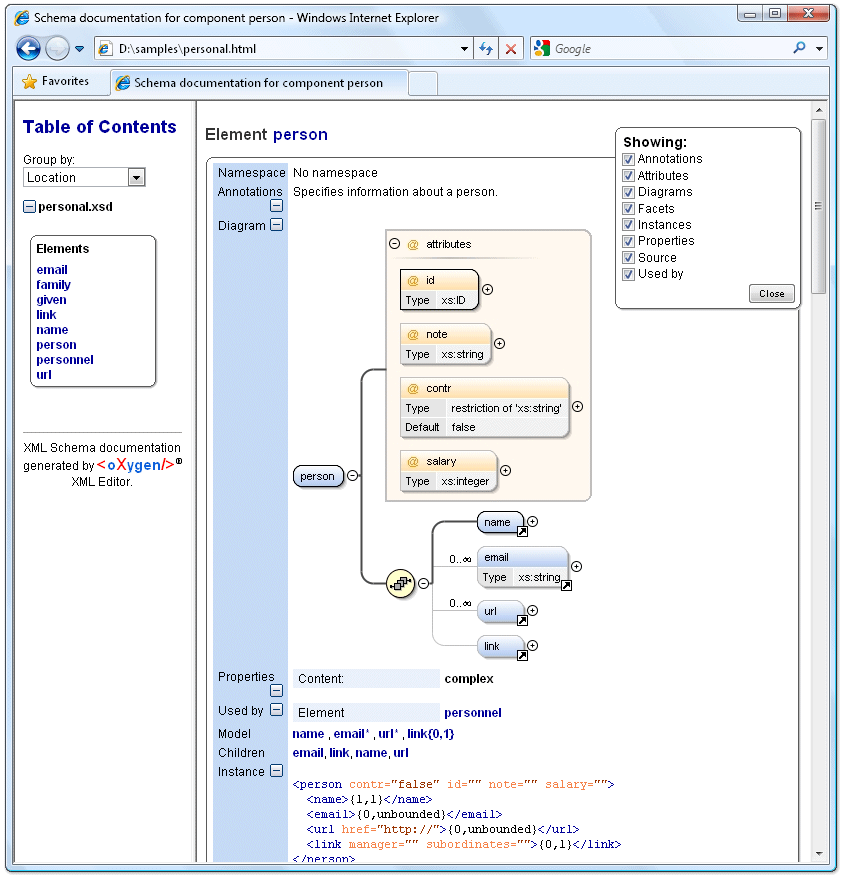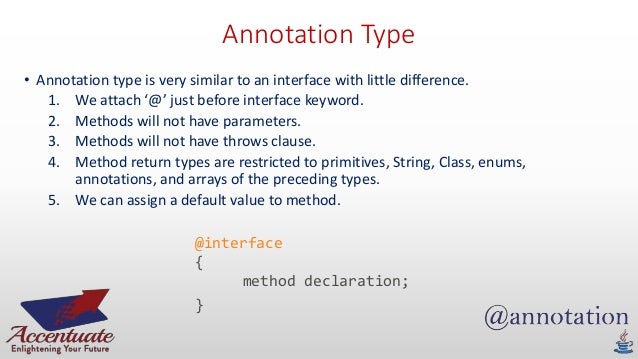

If you rely on setters and getters for object identity, your setters and getters should follow the Java Bean convention. Each object must have a unique id.Īdditional, optional annotations support powerful search features such as range and geospatial queries.įor example, the following annotation says the object id should be derived from the getter M圜lass.getMyId. A bound POJO class must contain exactly one annotation. You can attach an annotation to a public class field or a public getter or setter method.Įvery bound class requires at least an annotation to define the object property that holds the object id. Annotations are of the form annotationName. The data binding interface in the Java Client API is driven by simple annotations in your class definitions. For example, you can add Jackson annotations to your POJOs that result in objects not being persisted or restored properly. Though the Java Client API uses Jackson to convert between POJOs and JSON, not all Jackson features are compatible with the Java Client API data binding capability.You should choose object properties that have atomic type, such as Integer, String, or Float, rather than a complex object type such as Calendar. The object property you chose as the object id must not contain values that do not form valid database URIs when serialized.You cannot use the data binding interface with classes that contain inner classes.For example, you cannot persist an object as type T and then restore it as a some type T' that extends T, or vice versa. That is, if you persist objects of type T, you must restore them and search them as type T. You can only persist and restore objects of consistent type.If you have strict requirements for how your objects must be structured in the database, use JacksonDatabindHandle with JSONDocumentManager and StructuredQueryBuilder instead of the Data Binding interface. The Data Bind interface is intended for use in situations where the in-database representation of objects is not as important as using a POJO-first Java API.You should be aware of the following restrictions and limitations of the data binding feature: Limitations of the Data Binding Interface For details, see Annotating Your Object Definition. Additional annotations are available to support more advanced features, such as identifying properties on which to create database indexes and latitude and longitude identifiers for geospatial search. You can use search to identify and retrieve a subset of the stored POJOs. Search your object data using a string ( StringQueryDefinition) or structured query ( PojoQueryDefinition).You can create, read, update, and delete persisted objects. Use a PojoRepository to save your objects in the database.

#Java annotations database schema code


For details, see Limitations of the Data Binding Interface. Not all Jackson annotations are compatible with the Java Client API data binding capability. You can leverage Jackson annotations to fine tune the representation of your objects in the database, but generally you should not need to. The Java Client API data binding interface uses the data binding capabilities of Jackson to convert between Java objects and JSON.
#Java annotations database schema full
With the addition of minimal annotations to your class definitions, you can store POJOs in the database, search them with the full power of MarkLogic Server, and recreate POJOs from the stored objects. The data binding feature of the Java Client API enables your data to flow seamlessly between application-level Java objects and JSON documents stored in a MarkLogic server. Semaphore AI Technology Create and manage metadata and transform information into meaningful, actionable intelligence with Semaphore, our no-code metadata engine.A database, search engine, data integration tool, and more, all rolled into one. MarkLogic Server Unlock value from complex data and power new opportunities with MarkLogic Server.MarkLogic Data Platform Simplify your most complex data challenges, unlock value, and achieve data agility with the MarkLogic Data Platform.


 0 kommentar(er)
0 kommentar(er)
